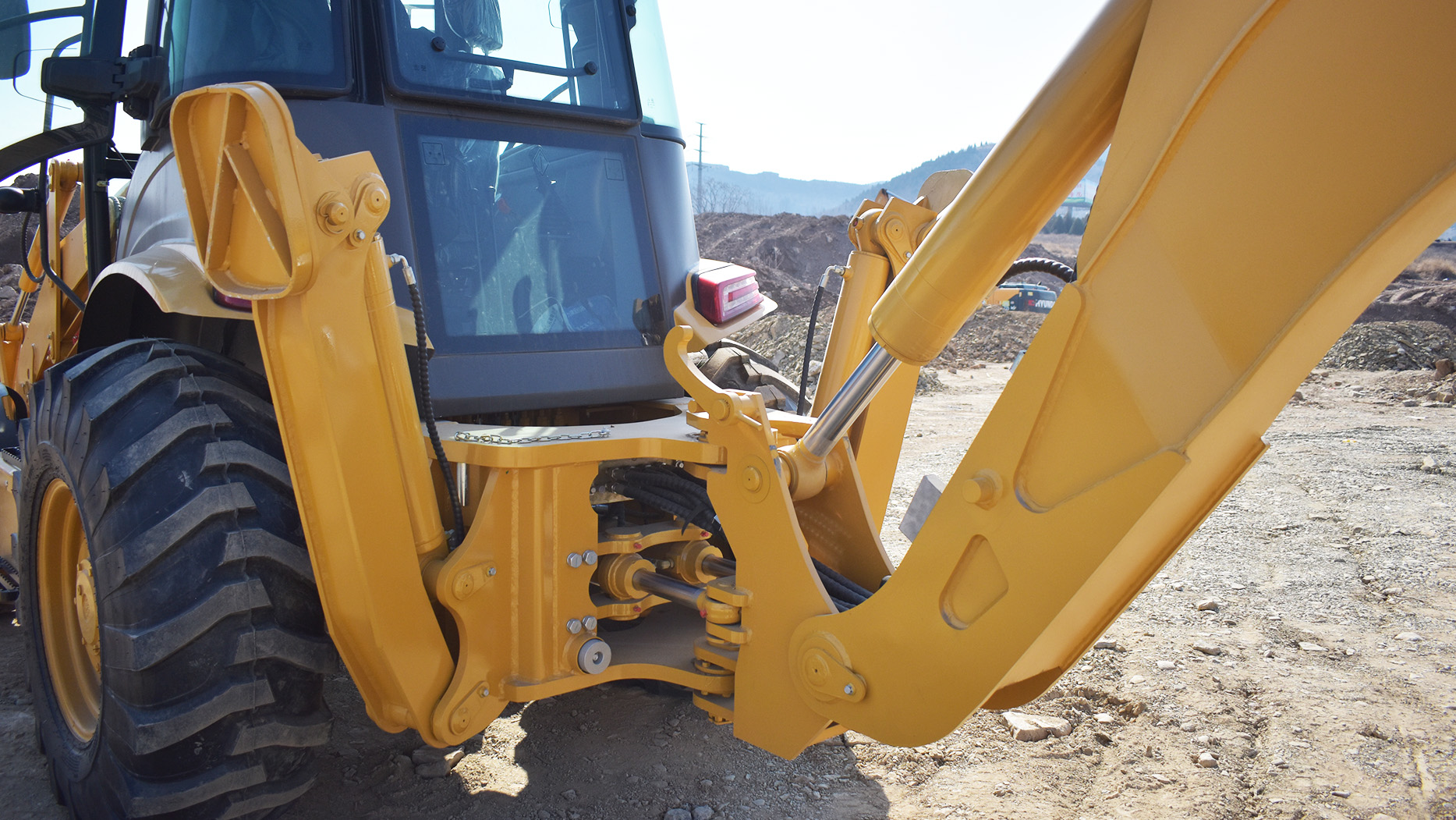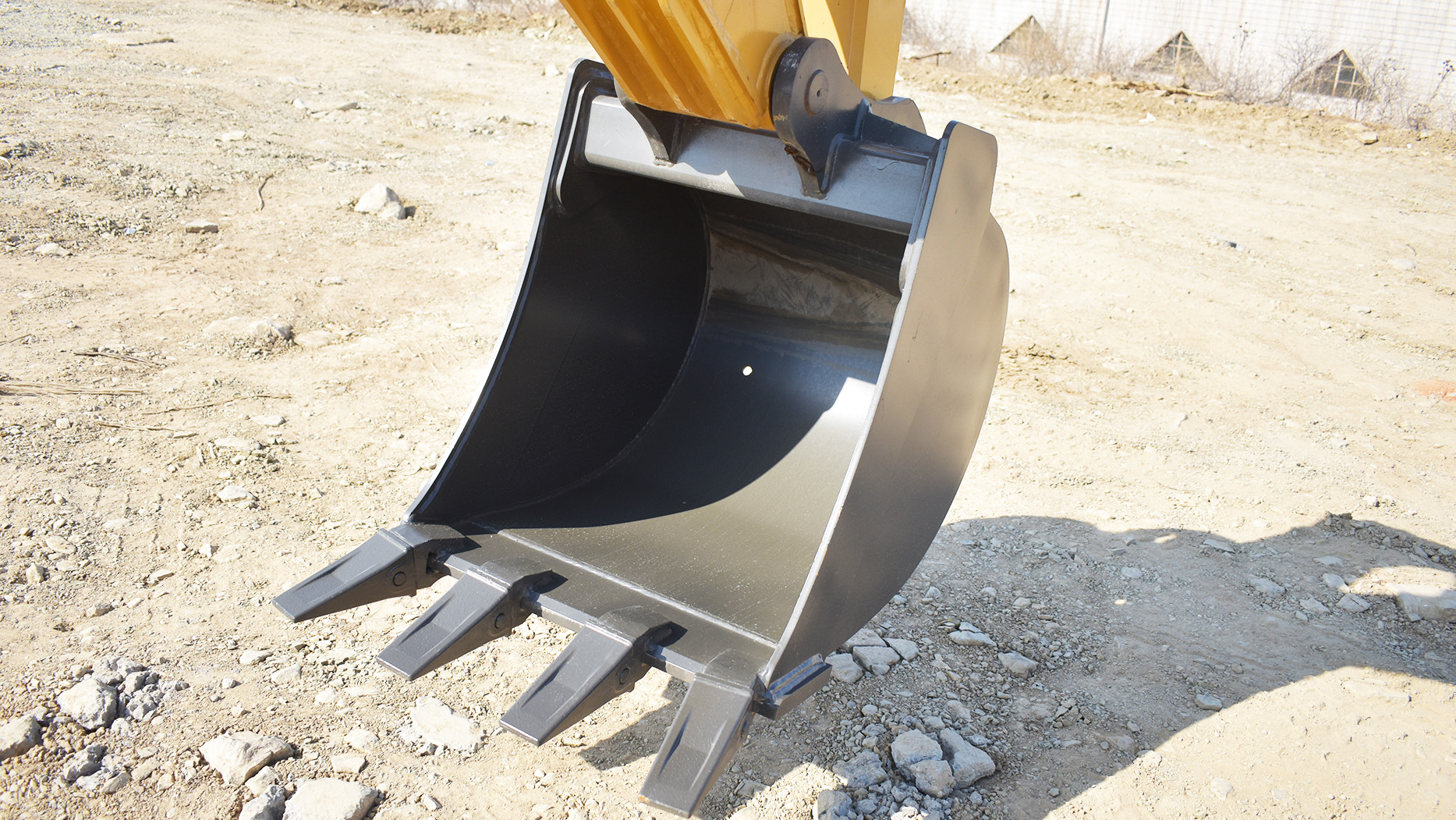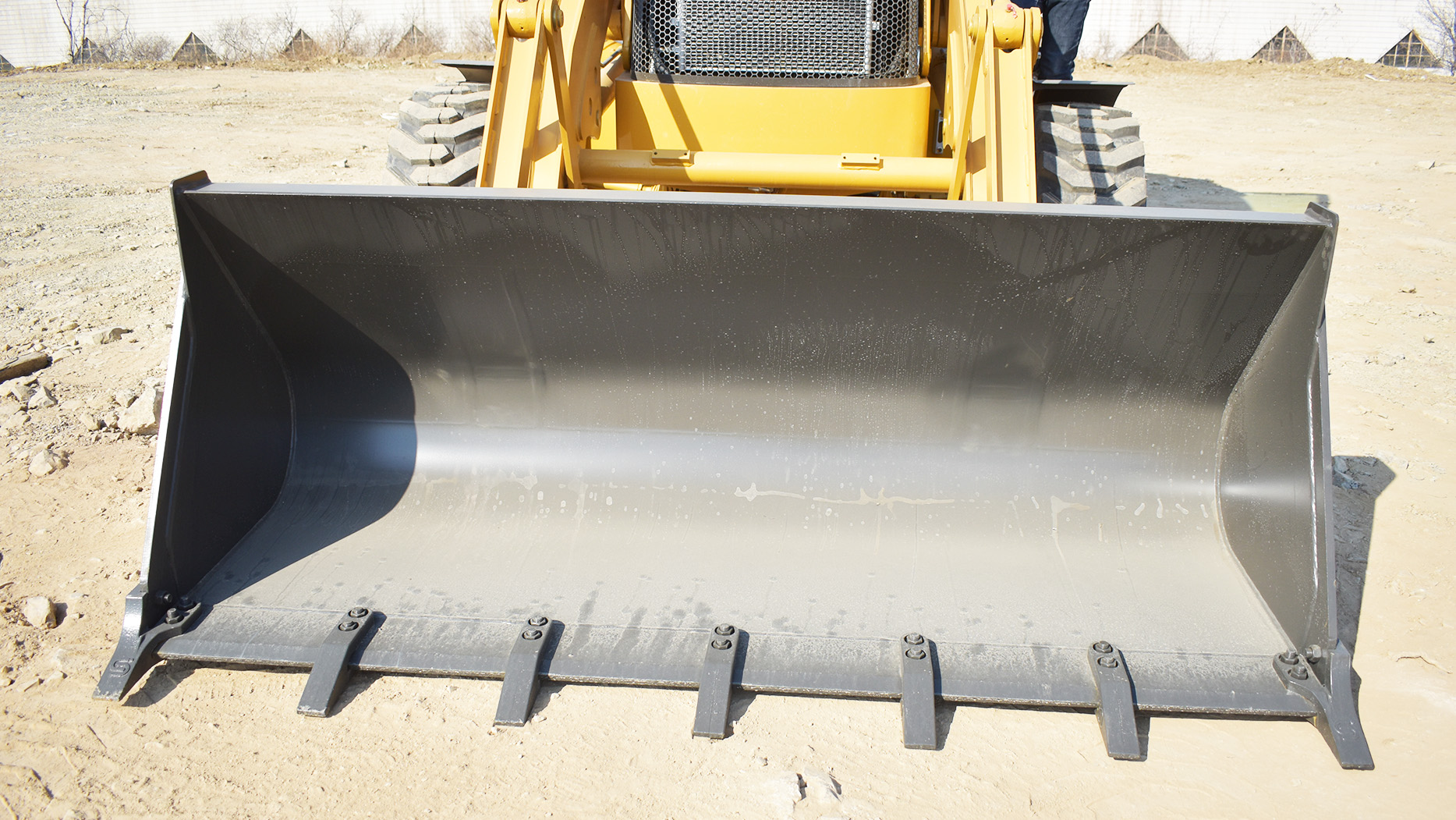1. Introduction
A tractor backhoe is a versatile piece of heavy machinery commonly used in construction, agriculture, landscaping, and utility work. It combines the functionality of a tractor, a front loader, and a backhoe, making it an essential tool for various digging and material handling tasks. The backhoe’s ability to excavate, lift, and transport materials enhances efficiency and reduces the need for multiple machines on a worksite.
Understanding the functions of a tractor backhoe helps operators and businesses maximize its potential. This article explores its components, primary functions, applications in different industries, advantages, limitations, and best practices for maintenance and operation.
2. Components and Design of a Tractor Backhoe
A tractor backhoe consists of several key components that contribute to its functionality:
Tractor: The central unit that provides mobility and power, allowing the backhoe to move across various terrains.
Front Loader: Located at the front, this component is used for lifting, carrying, and moving materials such as soil, gravel, and debris.
Backhoe Arm: Positioned at the rear, the backhoe arm is designed for excavation, trenching, and digging tasks.
Hydraulic System: Powers the movement of the backhoe arm and loader, enabling smooth and controlled operations.
Attachments: Various attachments like buckets, augers, hammers, and rippers enhance the versatility of the machine.
3. Primary Functions of a Tractor Backhoe
A tractor backhoe serves multiple functions, including:
Excavation and Digging: Used for digging trenches, foundations, and pits in construction and utility work.
Material Handling: Lifts and transports materials efficiently, reducing manual labor.
Landscaping and Grading: Helps level ground, remove obstacles, and prepare land for development.
Demolition Work: Can break down small structures and remove debris using specialized attachments.
Underground Utility Installation: Assists in laying pipes, cables, and drainage systems by digging precise trenches.
4. Common Applications in Different Industries
The versatility of a tractor backhoe makes it valuable across various industries:
Construction: Essential for site preparation, foundation digging, and material transport.
Agriculture: Used for digging irrigation channels, moving soil, and handling manure or feed.
Landscaping: Helps with tree planting, land leveling, and general yard maintenance.
Municipal and Utility Work: Aids in road maintenance, sewer line installations, and public infrastructure projects.
Forestry and Mining: Supports small-scale excavation, land clearing, and material relocation.
5. Advantages of Using a Tractor Backhoe
Operators and businesses benefit from using a tractor backhoe due to:
Versatility: Performs multiple tasks with different attachments.
Mobility: Easier to transport compared to full-size excavators.
Cost-Effectiveness: Reduces the need for multiple machines, saving costs.
Ease of Operation: Simple controls make it accessible to operators of varying skill levels.
Fuel Efficiency: Consumes less fuel compared to larger excavation equipment, lowering operational expenses.
6. Limitations and Challenges
Despite its advantages, a tractor backhoe has some limitations:
Limited Reach and Depth: Cannot dig as deep as larger excavators.
Weight and Stability Issues: Risk of tipping over on uneven or soft ground.
Maintenance Requirements: Regular servicing is needed to ensure longevity and performance.
Skill Requirements: Operators must be trained to use the machine efficiently and safely.
7. Maintenance and Best Practices for Optimal Performance
Proper maintenance ensures the longevity and efficiency of a tractor backhoe:
Routine Inspections: Checking hydraulic systems, tires, and engine components regularly.
Lubrication and Fluid Checks: Ensuring all moving parts are well-lubricated for smooth operation.
Proper Storage and Handling: Storing the machine in a sheltered area to prevent weather damage.
Operator Training: Continuous training helps operators use the equipment safely and effectively.
8. Conclusion
A tractor backhoe is a valuable asset in various industries due to its multifunctionality. It excels in excavation, material handling, and site preparation, making it indispensable in construction, agriculture, landscaping, and public works. While it has some limitations, proper selection, training, and maintenance can maximize its efficiency and longevity. By understanding its functions and best practices, businesses and operators can ensure optimal performance and cost-effectiveness in their projects.
Post time:Apr.10.2025



